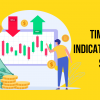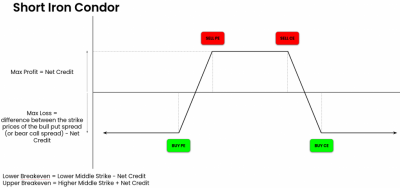Intraday traders try to capitalize on relatively short-term trends. For intraday trading, the holding period might range from a few minutes to a few hours. Intraday traders do not hold positions overnight. Because the trades are so short-term, intraday traders rely heavily on technical analysis. Intraday traders can catch very small moves per trade but compensate for them by using a large number of trades and leverage.
Why Learn Intraday Trading?
Intraday trading has no overnight risk. Intraday traders have access to more leverage, which allows them to generate bigger profits on smaller amounts of capital. The outcomes of decisions are quite rapid (Can help when you are learning as you will be able to see the results of the trades quickly). Traders can also take short positions directly on equities without using derivatives. Traders must stick to small quantities when learning.
Identity the right kind of stocks for Intraday Trading
Traders must look for these three characteristics when they choose stocks for intraday trading:
Liquidity: The stocks must be liquid as liquid stocks as it is easy and quick to enter and exit positions without much slippage.
Volatility: The volatility should neither be too high nor too low. Highly volatile stocks will have huge risk and if the volatility is extremely low, traders will not be able to capture enough price movement.
Volume: The stock must have good amount of volume. Volume indicates that the stock is actively traded.
Common Time-frames for Intraday Trading
Intraday Strategy Example 1
- Ehler Fisher Transform crossing above 0 is a bullish signal.
- Supertrend condition will work as additional bullish filter.
- Lower volatility translates to lower options premiums. We may benefit from expansion in volatility after stock price picks up. We are checking low volatility with TR and ATR.
Backtest Results on different Nifty Dynamic Contracts:
Intraday Strategy Example 2
The strategy checks for bullish trend on 1 hour time-frame using SMA. We are generating Sell signal using the Aroon indicator on the 5 min time-frame.
Premarket
Many intraday traders also focus on the pre-open session. Pre-Open Sessions were introduced to minimize the volatility during the market open. The liquidity is very low during the premarket. Traders observe this session to identify intense reactions in stock prices due to announcements or news before the market opens.
Intraday Scanner Example 1
Scanner to find stocks with premarket price higher than previous day close price:
Intraday Scanner Example 2
This Scanner helps to find contracts with expanding Implied Volatility:
Video Explanation
Pitfalls
- Intra-day traders are prone to over trading. Hence it is important to have a trading plan and strategy. You should avoid over leveraging as it can hamper the risk management and result in huge losses.
- If you trade illiquid stocks, there is always a risk of not being able to square off the positions at the end of the day. You should especially be careful with short trades to avoid Short Delivery.
- You must avoid Panic Buying/Selling should.
- Since there is always an option to carry the positions to the next day, traders are tempted to carry their losing trades or trades in small profits to the next day. This should be avoided.
Conclusion:
Intra-day traders’ holding periods range from a few minutes to a few hours, but never overnight. Because the trades are so short-term, intra-day traders rely heavily on technical analysis. High leverage might be advantageous to intra-day traders. You can built and backtested on Streak to see how our strategy ideas perform on historical data.
Disclaimer: The information provided is solely for educational purposes and does not constitute a recommendation to buy, sell, or otherwise deal in investments.







